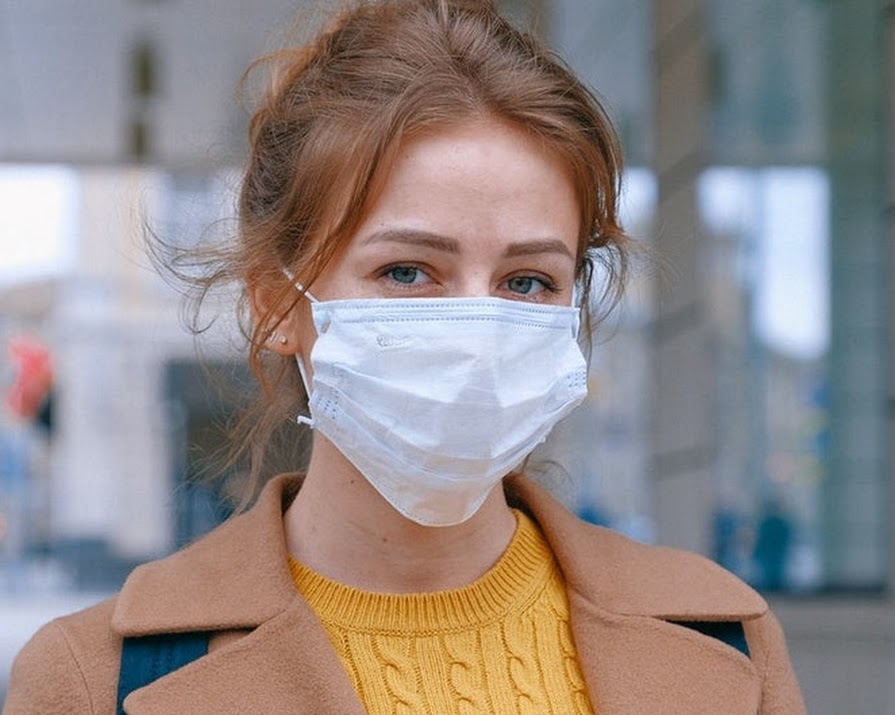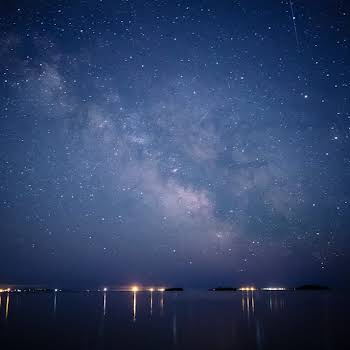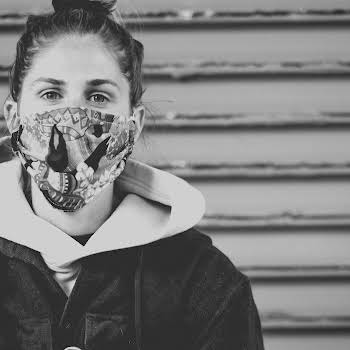By Grace McGettigan
13th Mar 2020
13th Mar 2020
Now that the outbreak of Covid-19 has been upgraded to a pandemic by the World Health Organisation, we’re looking at past pandemics that have affected countries around the world
Covid-19 has officially been declared a pandemic by the World Health Organisation – which means the disease is spreading over the whole world. At the time of the WHO’s announcement, there were more than 118,000 cases of Covid-19 in 114 countries, with 4,291 reported deaths.
“Pandemic is not a word to use lightly or carelessly,” said the Director-General of the WHO. “It is a word that, if misused, can cause unreasonable fear, or unjustified acceptance that the fight is over, leading to unnecessary suffering and death.
“This is the first pandemic caused by a coronavirus,” he added. “We have called every day for countries to take urgent and aggressive action. We have rung the alarm bell loud and clear.
“All countries can still change the course of this pandemic. Several countries have demonstrated that this virus can be suppressed and controlled. If countries detect, test, treat, isolate, trace, and mobilize their people in the response, those with a handful of cases can prevent those cases from becoming clusters.”
While this is the first pandemic caused by a coronavirus, there have been numerous pandemics across the world in the past. Here’s what they were and how they panned out:
Past pandemics
Swine Flu (2009)
More commonly known as ‘swine flu’, the H1N1 pandemic was caused by an influenza virus which circulated rapidly in 2009. While seasonal H1N1 viruses have been in circulation among people since 1977, this particular strain originated from animal influenza viruses and was unrelated to the existing human strains.
The pandemic was announced in June of that year, after some early outbreaks in North America spread to 74 countries. By February 2010, most countries in the world had confirmed cases of swine flu.
Unlike typical seasonal flu patterns, the H1N1 caused high levels of summer infections in the northern hemisphere, and even higher levels during cooler months. It was also unusual in that it occurred a lot among younger people, including those who were otherwise healthy.
Pregnant women, younger children and people of any age with certain chronic lung or medical conditions appeared most at risk, with many of these patients requiring intensive care.
By August 2010, the World Health Organisation said that while 18,449 deaths had occurred as a result of the virus, the H1N1 had entered a ‘post-pandemic’ period, meaning it had largely run its course. It hasn’t gone away completely but it is now expected to circulate in a similar way to the seasonal flu virus for some years to come.
Spanish flu (1918)
Also caused by the H1N1 virus, the so-called Spanish Flu of 1918 is believed to have claimed the lives of 50 million people (though exact figures are unknown). Those worst affected included children under five years of age, as well as adults over 65.
According to the Centre for Disease Control and Prevention, the reason behind the deadliness of this virus is still not well-understood.
“With no vaccine to protect against [the Spanish flu] and no antibiotics to treat secondary bacterial infections associated with [it], control efforts worldwide were limited to non-pharmaceutical interventions,” they said, “such as isolation, quarantine, good personal hygiene, use of disinfectants, and limitations of public gatherings, which were applied unevenly.”
For this reason, the ongoing Covid-19 pandemic is said to be very reminiscent of Spanish flu.
Interestingly, the Spanish flu did not actually originate in Spain. It was already active (and causing deaths) across Europe before it reached Spain, but as World War I was ongoing at the time, it didn’t receive a lot of press coverage. When it finally reached Spain – a country not involved in the war – it became more widely known and discussed.
Asian flu (1957-1958)
First identified in February 1957 in East Asia, the Asian flu pandemic caused more than one million deaths worldwide.
It was caused by a virus known as ‘influenza A subtype H2N2’ – which was a combination of bird flu strains and human flu strains.
Like the Covid-19 pandemic, the Asian flu started in China. It spread slowly in the beginning, but by summertime, it had reached as far as the United States and the UK.
Young children and elderly people were most affected by this pandemic, as well as pregnant women. While some infected people only experienced minor symptoms such as cough and mild fever, others experienced life-threatening complications such as pneumonia.
For information on the Covid-19 pandemic, including how to protect yourself, visit hse.ie/coronavirus or who.int/novel-coronavirus-2019.
Photo by Anna Shvets from Pexels
Read more: Coronavirus Diaries: The 28-year-old graphic designer from Dublin who’s living in self-isolation
Read more: Coronavirus Diaries: The Cork yoga teacher who’s worried about her elderly mother
Read more: 10 things to do at home with the kids with the schools closing for coronavirus























